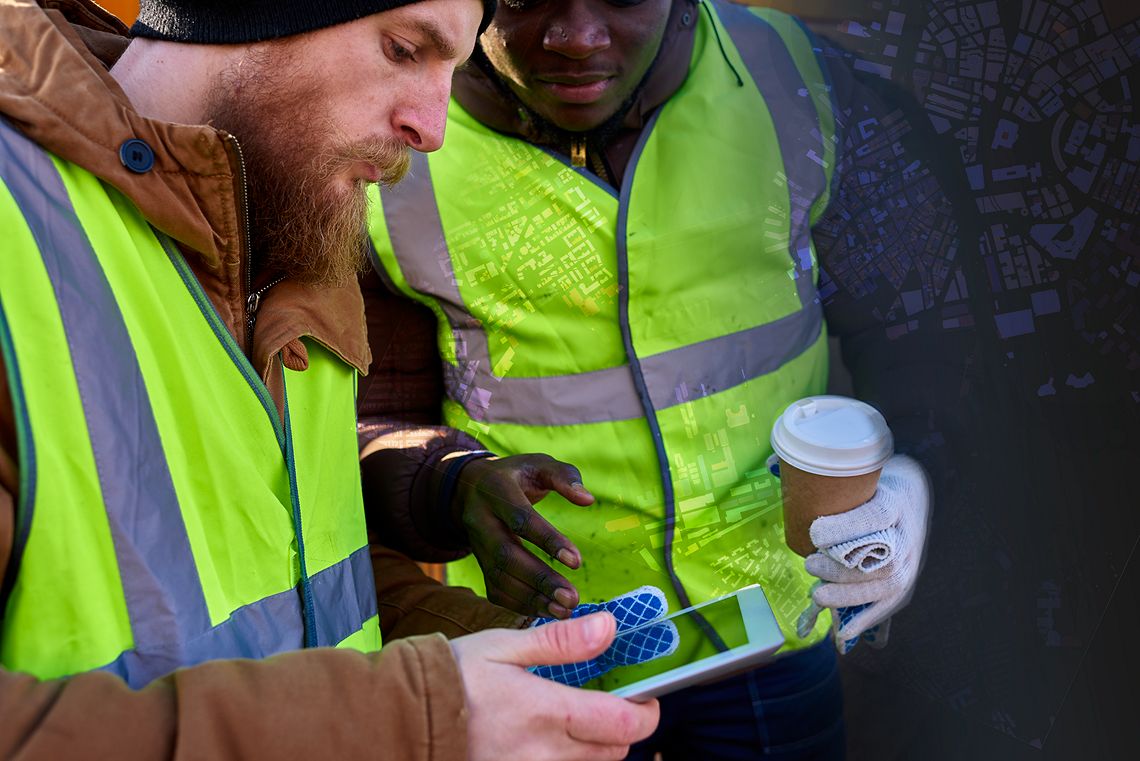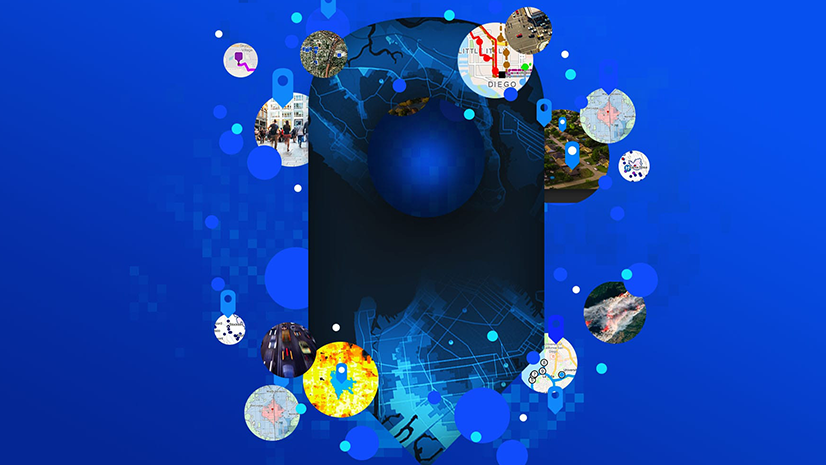The Easy Button for App Development
Practical applications on smart devices improve many areas of life and work. Often, these apps use location to enhance both value and user experience. Location helps utility workers be more effective. Moreover, it helps utility customers understand how issues apply to them. Today, people just expect apps to be location-aware. Think about it, how many apps don’t work right when the GPS is turned off?

GIS is widely used for common utility workflows like design and asset management. Beyond these traditional GIS tasks, apps improve other diverse utility functions – timekeeping, safety, customer engagement, environmental concerns, and contact tracing.
Utilities seeking these innovative applications have options to buy or even build them with internal resources. Some utilities will prepare specifications, and evaluate proposals before purchasing apps. Others will develop their own apps. Regardless of the approach, it pays to understand Esri location services and how they boost functionality.
Apps + Maps for Purpose
- What is happening around me?
- How do I get there?
- What are my options?

Reimagine location in Apps
Esri is the premier provider of location services in the world. These services shore up the apps utilities need. Services furnish authoritative basemaps, geocoding, searching, routing, and live data feeds like weather and traffic. Esri’s new offering, ArcGIS Platform, brings cost-effective location services to virtually any application.
ArcGIS Platform delivers these services as a Platform as a Service (PaaS). It provides building blocks for developers, who can build and test their apps without cost. A suite of services creates a comprehensive high-quality platform from which to build. See more details in the product launch video.
Amazon builds on this platform to provide maps and geocoding to AWS customers. Likewise, Esri’s robust routing services are used by some of the largest logistics companies in the world for their apps.
ArcGIS Platform makes using these services much easier. Now, developers can quickly add location functions without learning new tools. They are readily available from the open-source programming interfaces programmers already use – like REST, Mapbox GL JS, Leaflet, and OpenLayers. As a result, this technology can be simply embedded into many existing apps without delay.
ArcGIS Platform also introduces a new competitive cost model based on actual usage. Developers work in a free account tier. Customers use only the services that meet their needs and pay as they go. For example, app builders can leverage real-time routing services. The first 20,000 are free. After that, a user would pay $0.50 for 1,000 routes. The pricing calculator to estimate costs is easy to use.
Customers with an ArcGIS Online Creator user type (or higher) can also access ArcGIS Platform through their existing licensing. As solutions are deployed, it is straightforward to monitor usage and estimate costs. To illustrate, if an app references the current weather, cost is directly related to how many times that service is utilized.
Looking Ahead for Utilities
The possibilities for location intelligence in apps and web sites are endless – damage reporting, emergency response, mutual aid, safety awareness, and augmented reality. These all foster higher levels of communication and service.

Utilities continue to deploy apps that personalize the user’s experience and add business value. For instance, many utility customer apps monitor usage and billing. However, few also show the status of nearby outages or construction work. Even employee apps that are typically not map-centric, like timekeeping, benefit from location technology by relating the user to the features around them.
Location technology has never been easier to include within business systems, apps, or future plans. ArcGIS Platform reduces development time by providing strong documentation, widgets, samples, and free training.
When planning approaches for apps, organize them to re-use existing ArcGIS content such as web maps and web scenes in new and powerful ways. Such strategies add value, inspire action, and reinforce data-driven decision making. Also, be sure to watch for new solutions and apps coming from Esri Business Partners that leverage ArcGIS Platform and its location services.



